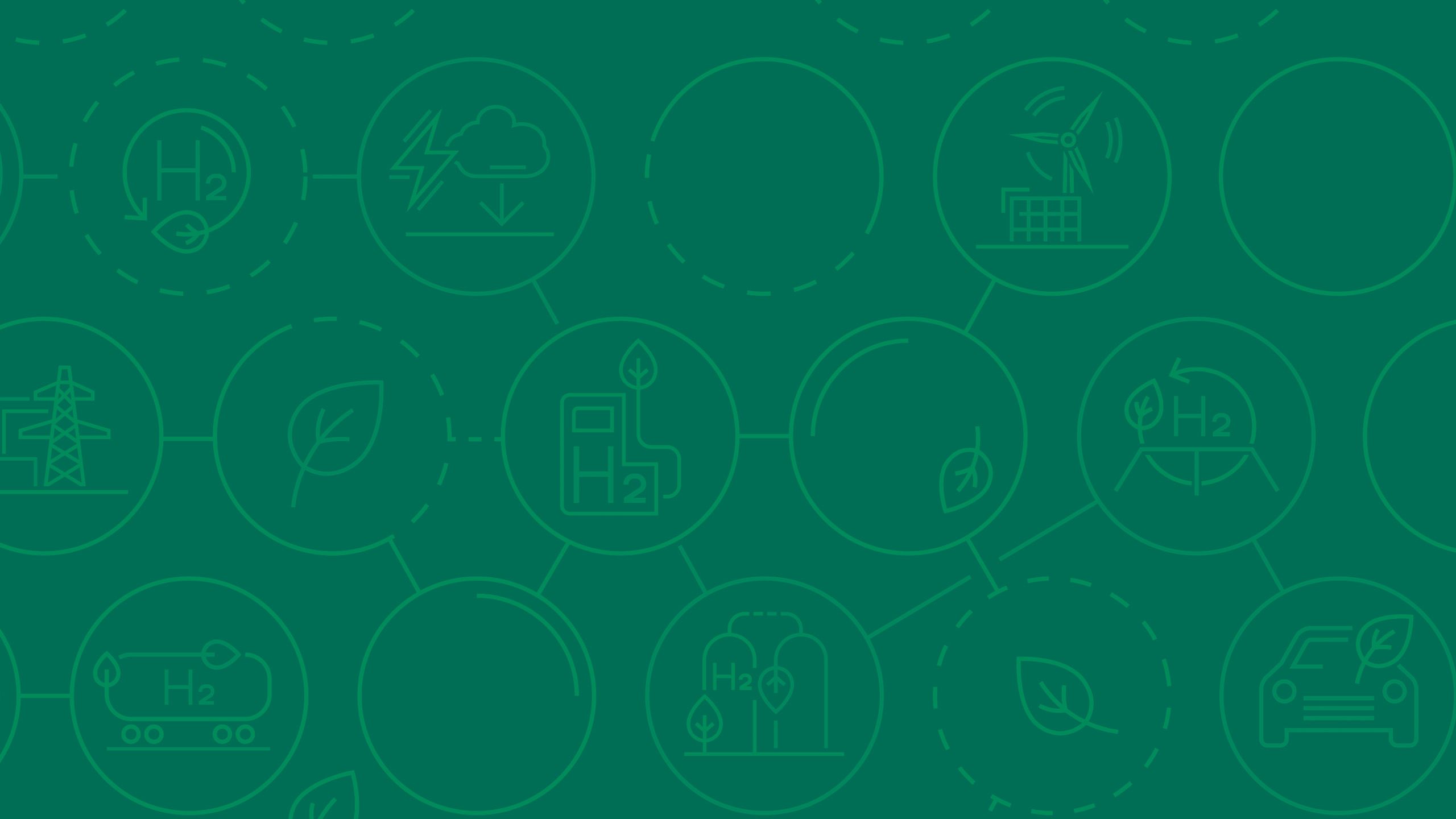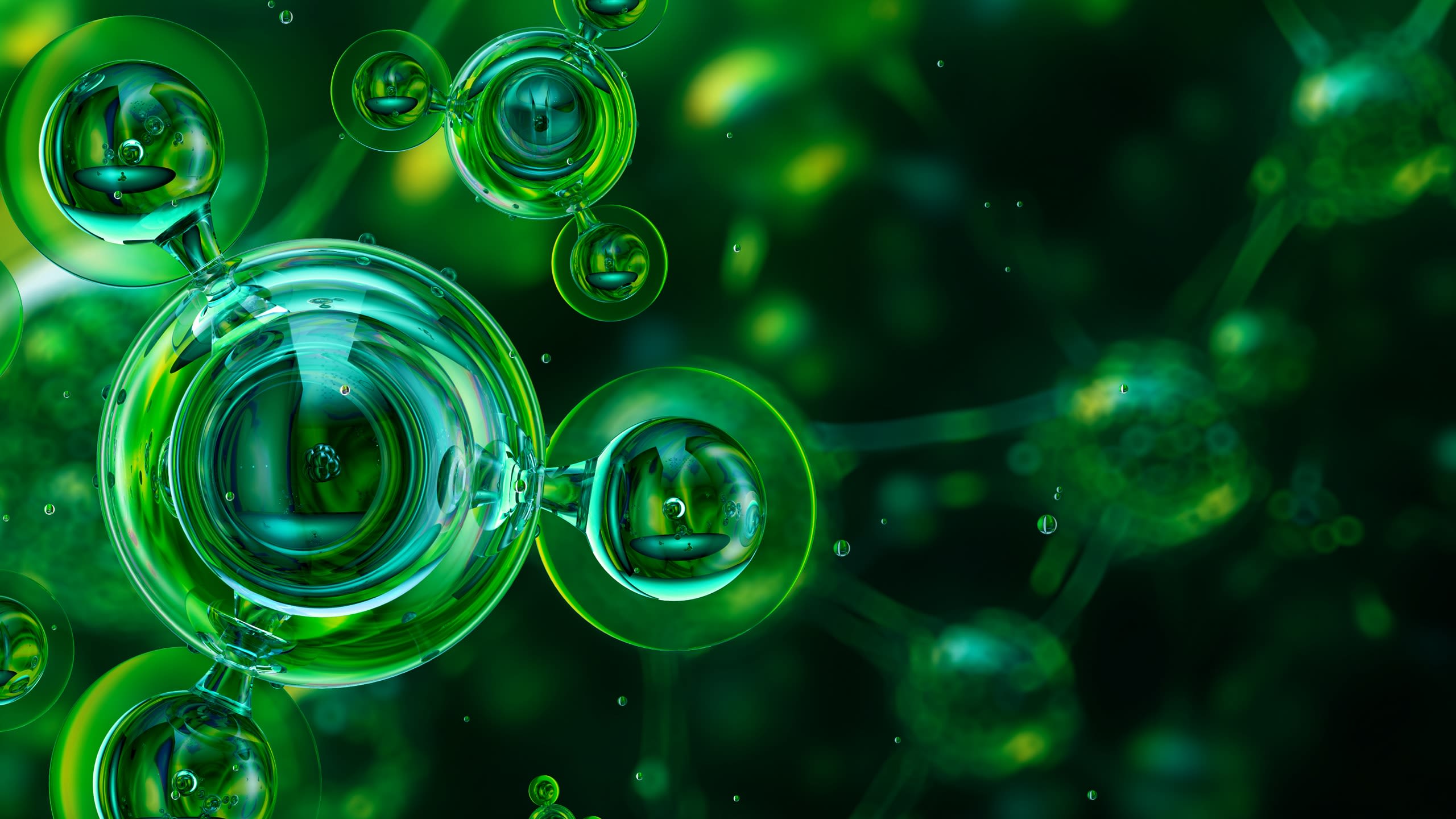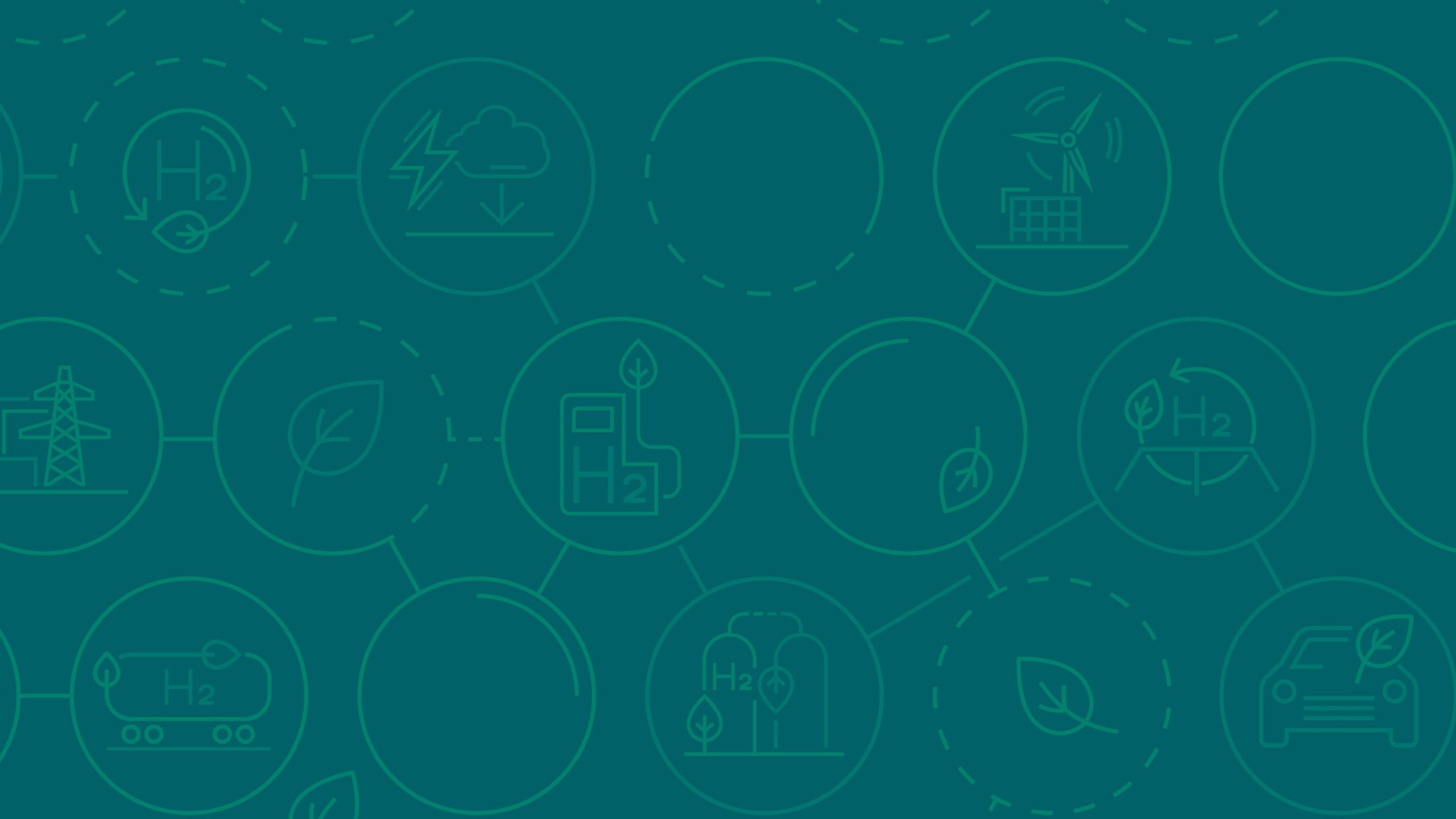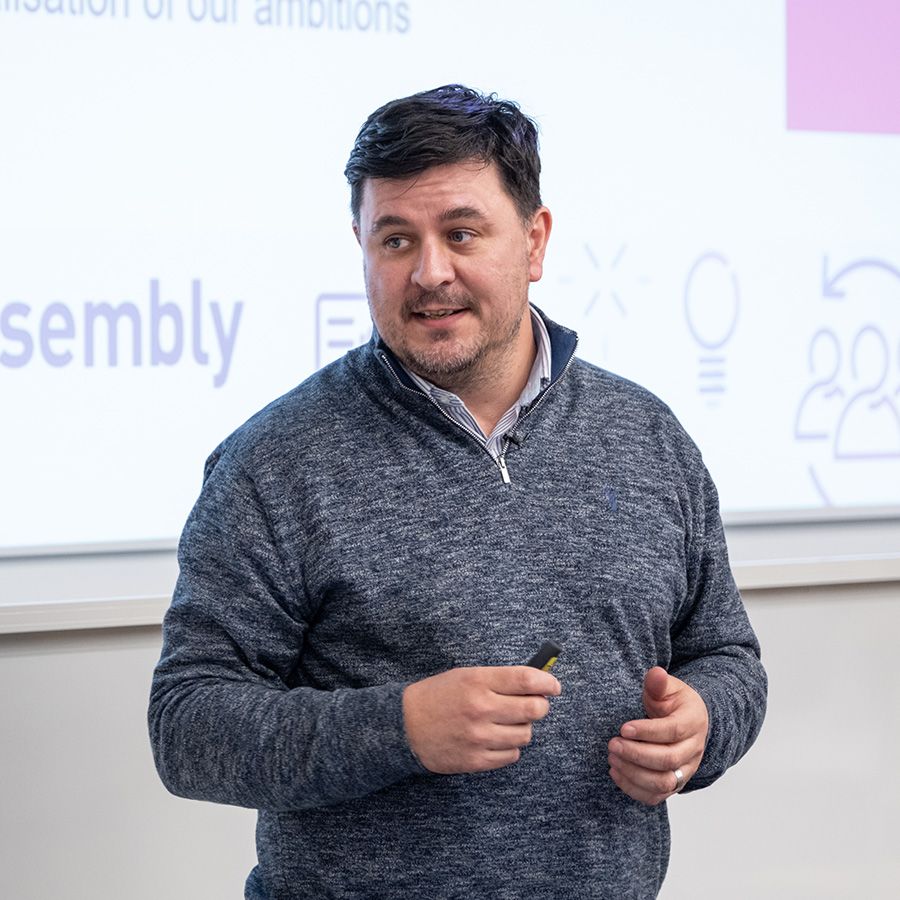Why green hydrogen gives me hope
Professor Dan Parsons, the University’s Pro Vice-Chancellor for Research and Innovation, believes green hydrogen offers a real solution to some of the toughest climate challenges – and a reason for renewed optimism.

As a geoscientist, I have spent my career studying how our planet moves and changes.
I have watched rivers shift course, coastlines retreat, and the balance of natural systems tip under the growing pressures of climate change. These are not distant, abstract phenomena. They are happening now, in places where people live, work, and raise families. I have stood on floodplains that are underwater more frequently than any statistical model based on historical data suggested they should be and spoken to communities forced to rebuild their lives again and again.
For many of us who study the Earth, the challenge has always been how to move from understanding change and predicting it, to helping to shape adaptations and mitigations to the changes before it is too late. Knowing the science behind the problem can make the inaction around us hard to bear. Yet I still feel hopeful, and that hope comes from science and innovation itself. In particular, it comes from what I see every day at Loughborough University through our work on things like green hydrogen.
Professor Dan Parsons
Professor Dan Parsons

"Green hydrogen represents a genuine solution to some of the hardest parts of the climate challenge."

Green hydrogen offers a way to power heavy industry, transport and heat without the carbon emissions, and to store renewable energy for when the wind doesn’t blow or the sun doesn’t shine. At Loughborough, I have the privilege of seeing that potential take shape through the work of our Green Hydrogen Group. Researchers here are rethinking how hydrogen is made, stored, and used.
Chemists are developing new catalysts that make production cleaner and cheaper, engineers are building battery electrolysers that can both store and generate hydrogen, and materials scientists are finding ways to extract hydrogen directly from seawater without expensive desalination.
SlowCat: Cross-cutting new research from Loughborough University to create catalysts using biomass for a sustainable future
Others are exploring how hydrogen behaves underground and how it can be stored safely in porous rock or converted into ammonia for easier transport. Still more are examining how hydrogen can be used in everyday life, for cooking, heating, and local and off-grid energy generation, and how we can make that transition safe, affordable and fair. It is a complete ecosystem of innovation that stretches from fundamental science to applied engineering and into the social and policy questions that make these technologies real.
Revolutionary battery-electrolyser: Stores renewable electricity and produces hydrogen for clean cooking in remote African communities

"These researchers are not just developing new technology; they are thinking about its place in society. Seeing their energy and imagination gives me real confidence for the future."

As Pro Vice-Chancellor for Research and Innovation, I am lucky to see this work not in isolation but as part of a much wider system. Loughborough has been a lead partner in HyDEX, the Hydrogen Development and Knowledge Exchange programme, which brings together eight universities and more than sixty industry and civic partners across the Midlands.
HyDEX has helped to build the UK’s hydrogen economy by connecting businesses with world-class research facilities, supporting innovation and developing the skills and knowledge we will need to reach net zero. It is a powerful example of how regional collaboration can drive global change.
Alongside this, our Engineering Hydrogen Net Zero Centre for Doctoral Training (CDT), run with Cranfield and Strathclyde, is preparing the next generation of scientists and engineers to lead the clean energy transition. These researchers are not just developing new technology; they are thinking about its place in society, about equity, trust and impact. Seeing their energy and imagination gives me real confidence for the future.
My own background lies in studying the behaviour of water and sediment in the marine environment, so I have always been drawn to the potential of offshore wind. Through our work with co-leading the Aura CDT, the pioneering offshore wind and innovation partnership, we are now linking that expertise directly to hydrogen. Offshore wind farms already generate enormous amounts of clean power, but at times that power can go unused, which will particularly be the case when peak generation grows with the rapid expansion of turbines in the North Sea. By coupling wind energy with hydrogen production, we can capture and store that surplus energy as fuel. This combination of wind and water, of turbines and electrolysers, represents a truly circular energy system.

"Hope does not come from waiting for change.
It comes from making change."

For someone who has seen the physical evidence of environmental change up close, this work feels different. It feels constructive, collective, and hopeful. I know how fast the planet is changing, but I also know what it looks like when people come together to find solutions that match that urgency. At Loughborough, I see it every day, in the laboratories, in our partnerships, and in the conversations that connect research with real-world outcomes.
I know the scale of the crisis is huge, but I also know how far we have already come in trying to tackle it. The collaboration across Hydrogen activities at Loughborough shows what can happen when science, industry, and communities work in unison.
"Green hydrogen will not solve everything, but it offers a practical and inspiring step towards the energy future we need."
For me, that is where my optimism lies. It is not blind faith, but a confidence grounded in evidence, collaboration, and imagination. After decades of studying the vulnerabilities of Earth systems, it is a privilege to now help build part of the solution. I know that hope does not come from waiting for change. It comes from making change, and here at Loughborough, through green hydrogen and the power of partnership, that change is already underway.
Photo credits
- Green bubble photos - Getty Images - Quantic69
- Green hydrogen graphics - Getty Images - Anna Bergbauer

